Asia is the largest and most populous continent. From the snowcapped Himalayas in the north to the sun-kissed beaches of Bali, it offers a wide variety of cultures that each offer travellers something different-the opportunity to immerse themselves into age-old traditions and modern lifestyles.
From the ancient sacred ceremonies to the throbbing festivals, the diverse cultural heritage of Asia promises transformational and profoundly insightful experiences. It enables travelers to witness the spiritual heart of Buddhism, the artistry of traditional crafts, and the dynamism of emerging culture.
From navigating through bustling city streets to engaging in a serene countryside tradition-the cultural aspects of Asia open doors to a land of time, art, spirituality, and bonds between people.
Japan: The Tea Ceremony (Chanoyu)
The most sacred ritual performance native to Japan is the tea ceremony, Chanoyu. Handed down for centuries, this tradition became not only a form of service but part of an aesthetic and philosophical stance by means of the use of mindfulness. Chanoyu Wrapped in Zen Buddhism, Chanoyu concerns simplicity and flowing grace
Since it is the art of preparing and serving matcha, or powdered green tea, with a very time-consuming process-executed with much care, where every movement becomes deliberate, serene.
Guests enter this small room that usually would be set in the middle of a beautiful garden, representing harmony with nature. The master of the ceremony is going to prepare the tea with meaningful motions; every movement is connected with respect and relaxation.
It is an absolute wonder to see or participate in a tea ceremony in Kyoto or Tokyo because the whole performance is an experience related to the deep spiritual heritage of Japan. The tea ceremony is founded on reflection of Japanese values with regards to harmony, respect, purity, and tranquility. It is the basis for a highly meditative kind of cultural experience.
India: Holi Festival
Holi Festival is a quite well-known huge color festival that takes place in India. This is the triumph of good over bad, a holiday that starts spring. In this feast, people go out into the street to pour onto each other colorful powders, to dance, and to sing, eating special festive food. The air becomes really colored, looking as if a rainbow is supposed to hang in the sky.
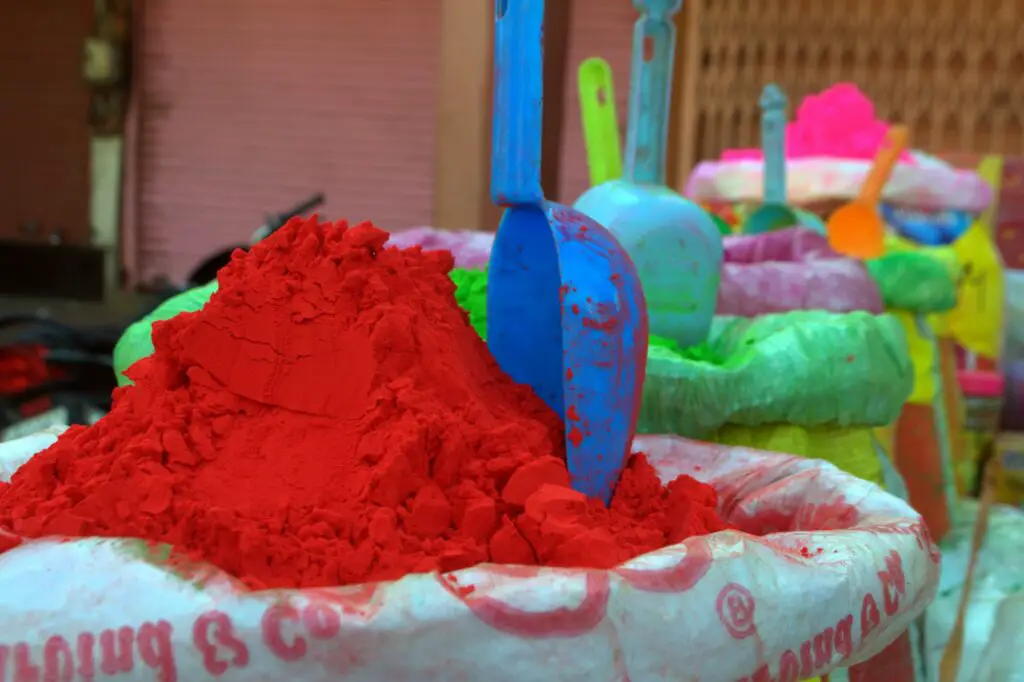
While Holi is celebrated all over India, the experience is poignant deeper in the city of Mathura and Vrindavan due to the deep linkage with Lord Krishna, the prime deity at the prime of the festival. Holi is all about fun, community, and new beginning-embracing joy. They don’t just take part in one of the most flamboyant festivals but also in one of the profound roots of India’s spiritualism, symbolizing universal themes of love and unity.
China: Dragon Boat Festival
Dragon Boat Festival or Duanwu is one of the most important cultural events in China, with roots tracing back for over 2,000 years. The Dragon Boat Festival commemorates the life of a respected poet-statesman, Qu Yuan, who drowned himself in protest of political corruption
. People in the locality took boats running down the river and threw rice dumplings into the water, trying to distract the fishes from feeding on his body, in an attempt to save him or recover his body. This is in fact how dragon boat races and the dragon-boat-food zongzi came to be.
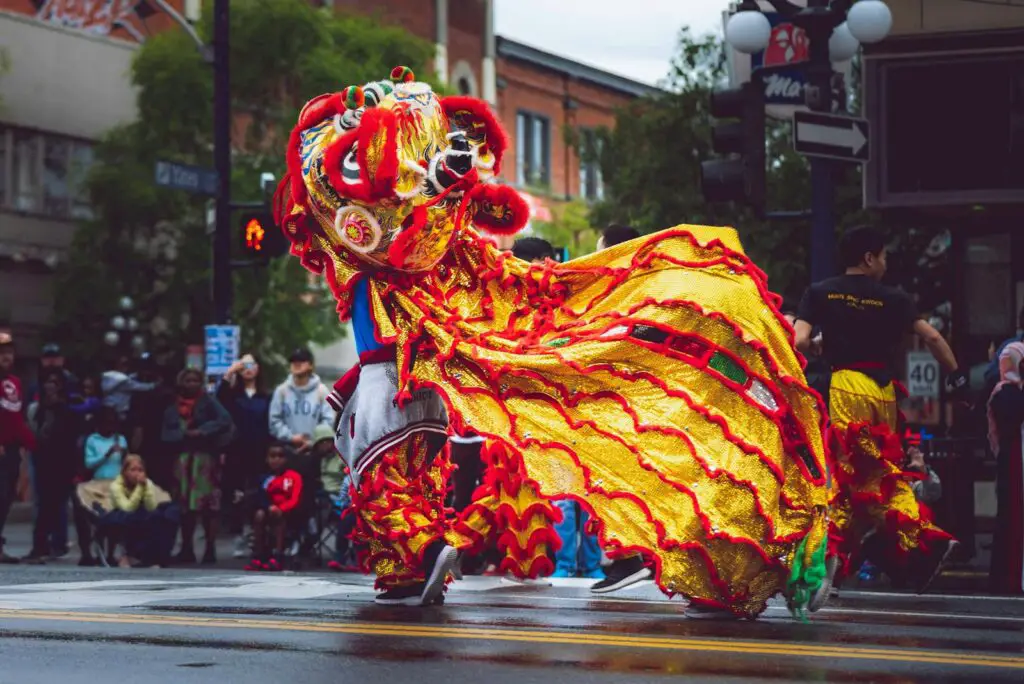
These are the ways one can identify with Chinese history and tradition through either viewing or participating in the dragon boat race at present. Modern making, the teams row their elaborately designed dragon boats in unison to the rhythm of a drumbeat all the way to the finish line.
It goes all out in cities like Hong Kong and Shanghai, and on the rivers of southern China. More than a sport, it is also a dynamic cultural icon for commitment, bravery, and cohesion.
Thailand: Yi Peng Lantern Festival
Experiencing
While crossing northern Thailand on a travel assignment, I was fortunate enough to take part in the Yi Peng Lantern Festival in Chiang Mai. This, I’ve always found, is the most magical moment: thousands gathering as the sun begins to set, everything in hand – rice paper lanterns about to take flight.
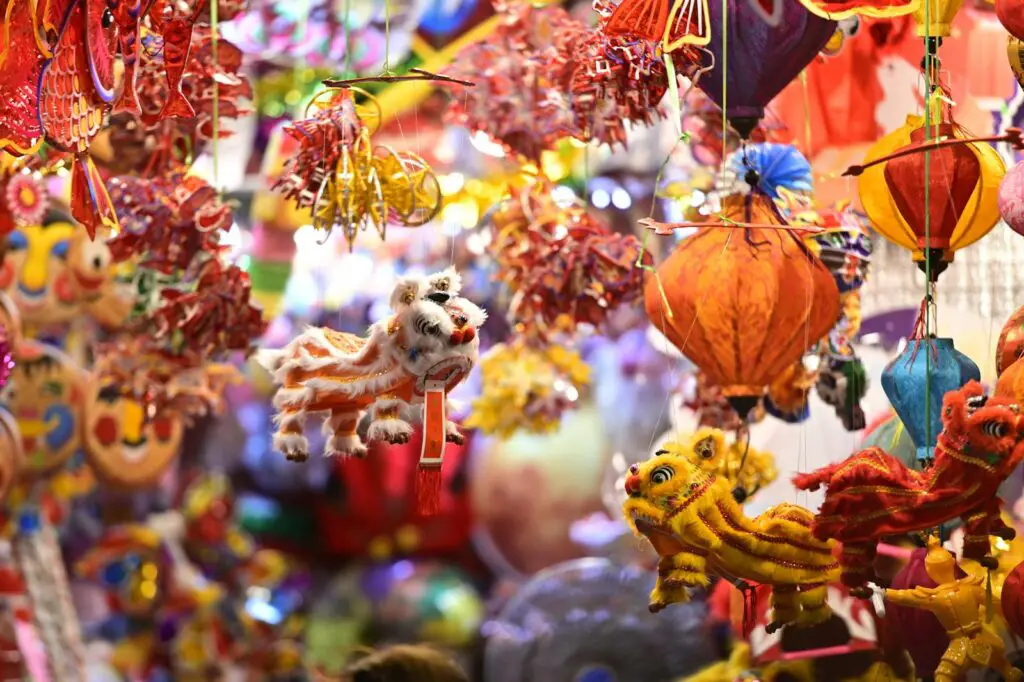
On cue, they began a magical ascent as they lifted an incredible light into the night sky. That moment, standing among the crowd, looking at this light-permeated sky, had seemed surreal because a sense of peace and oneness pervaded every soul. This felt like a strong reminder of how beautiful releasing can be and what hope truly is.
Yi Peng also falls on the same month as Loy Krathong. The flying lanterns symbolize the release of bad luck and making one’s wishes for the future. Being part of this event in Chiang Mai is not only a spectacle to see, but spiritually enriching and an opportunity to feel really close up with Thai religiosity.
Vietnam: Water Puppet Theatre
Water puppet theatre is one of the most peculiar cultural traditions of Vietnam and can be found as far back as the 11th century. Born in the rice paddies of the Red River Delta, this art was devised by farmers who used the flooded fields as their stage.
Nowadays, it has moved to theatres specifically designed with puppets seeming to dance on water while skillful puppeteers hide behind a screen.
Each performance theatrically presents Vietnamese folklores, legends, and local day-to-day activities, commonly fusing traditional music together with natural instruments such as a bamboo flute and dan bau. In Hanoi or Ho Chi Minh City, if you see the water puppets once, it will give you insight into the agricultural history of the country and an understanding of why water is so deeply revered: it carved their form of work and the way they live.
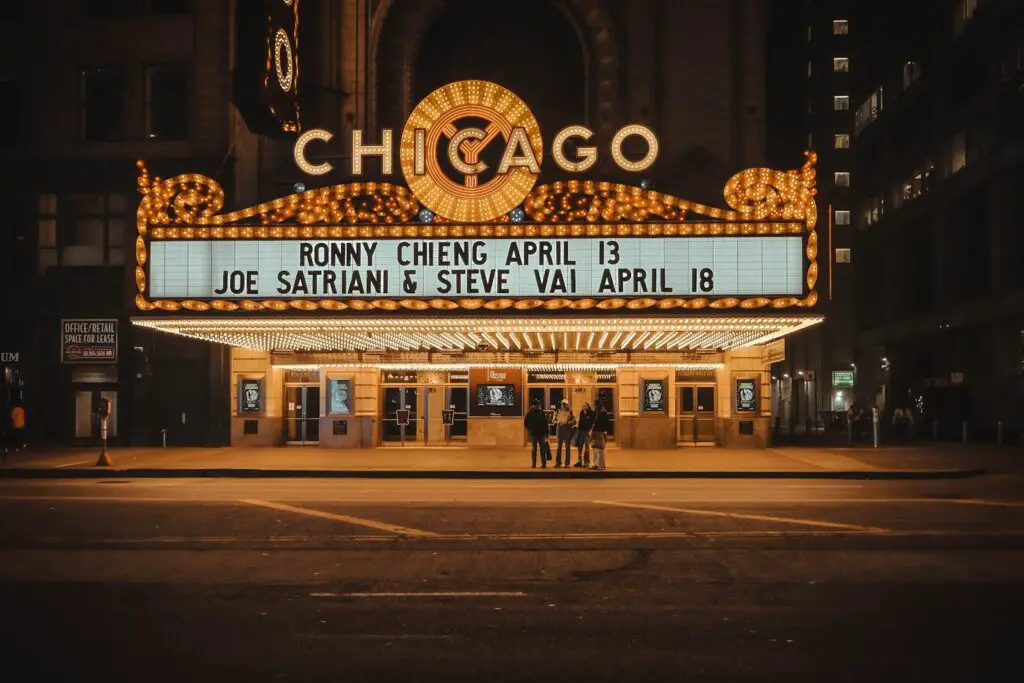
Indonesia: Balinese Dance and Temple Ceremonies
But Bali does not treat the voyager as a sighting of visual marvels, it holds great cultural heritage, especially in its vigorous traditional dances and temple ceremonies. To the Balinese, dancing is entertainment but the offerings made to gods. Each dance acts out a story from Hindu mythology accompanied by the rhythmic sounds of the gamelan orchestra.
Visiting a temple ceremony in Bali, such as the Odalan, a birthday of the temple, or the great Barong dance, exposes tourists to the Holy side of Balinese culture. These rites are a combination of complicated dance movements, vividly colored costumes, and religious commitment, making them jump deep into the spiritual heart of Bali.
Bhutan: Monastic Life and Buddhist Rituals
This small Himalayan kingdom represents one of the most authentic cultural experiences found in this part of the continent. Bhutan is deeply grounded in Buddhism, and learning about monastic living can easily be experienced by visiting the many monasteries decorating the country.
One is likely to encounter day-to-day rituals, such as the reciting of prayers, lighting of butter lamps, and chanting of mantras.
This is the major Tsechu Festival celebrated in different areas of Bhutan, where monks celebrate it with masked dances to please Guru Rinpoche, the one said to have introduced Buddhism into Bhutan. Taking part in these festivals and customs gives an idea of spiritual co-existence that the people follow in Bhutan.
Mongolia: The Naadam Festival
The Naadam Festival is a great festival of traditional sports: wrestling, archery, and horse racing, so-called “three manly games of Mongolia.”
It takes place every mid-July of a year, held throughout the country, whereas the most grandiose one takes place in the capital city. It has its roots back in the centuries and reflects the nomadic spirit of the Mongolian people.
Travelers attending the Naadam event witness the prowess and stamina of the competitors in their traditional Mongolian costumes.
It is not just about games, but about identification with Mongolian history and culture. This is a cultural event that confirms their spirit as unyielding as it is resilient for this nomadic nation.
Cambodia: Khmer Architecture and Temples
The most magnificent Khmer temples, such as Angkor Wat, are not to be missed when traveling through Cambodia.
Angkor Wat is the largest religious monument in the world from the 12th century and an epitome of Khmer architecture. Grandeur lies in the intricate carvings, towering spires, and even the widespread moat underpinning the statement of the Khmer Empire.
Walking around the Temple complex at dawn is very special when the first light of the day paints the ancient stones in gold tones. Next to Angkor Wat, there are other visitable temples: Bayon, with its huge stone faces; Ta Prohm-with trees passing through the ruins .
Nepal: Trekking and Culture of the Sherpas
It was this scenery of breathtaking beauty in Nepal, and naturally trekkers flocked to the country. It’s also home to the Sherpa people, whose culture is inextricably linked with the mountains.
And this trekking, now so en vogue in the Himalayas-to the trail that leads particularly to Everest Base Camp-allows travelers the chance to interact with the Sherpa people and learn about their incredibly varied traditions.
Sherpas are good mountaineers, yet very religious people following the ways of Tibetan Buddhism. Visiting their villages and monasteries along the routes taken in trekking gives a personal view of the way those people live, relate to the mountains, and their religion.
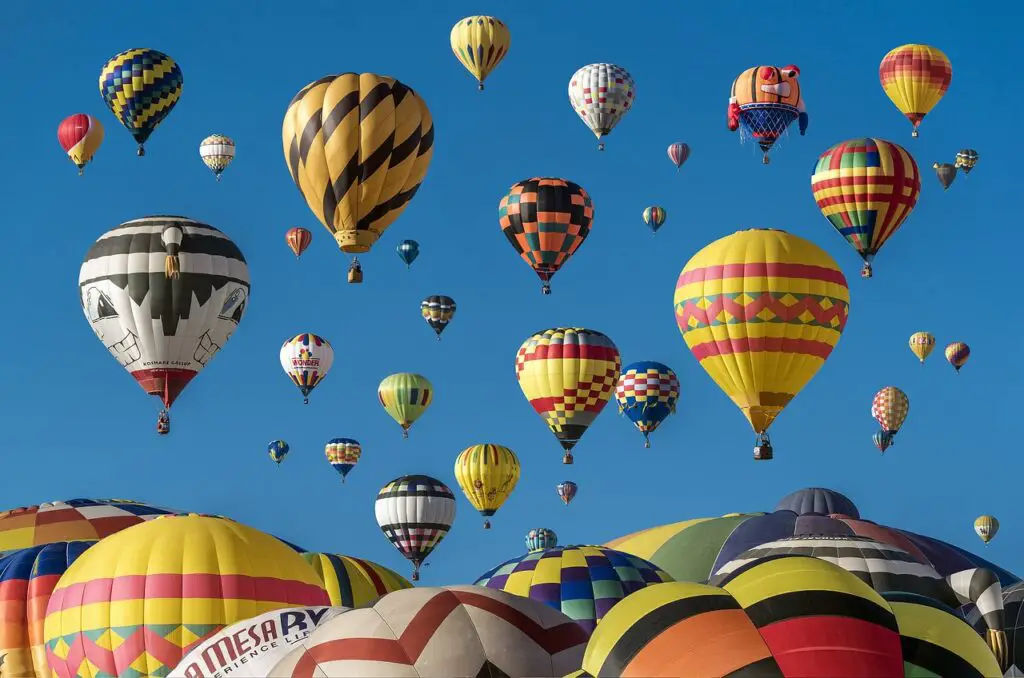
Laos: Baci Ceremony
Perhaps the deepest-seated cultural experience to be had in Laos is participation in a Baci ceremony: a spiritual ritual performed for the purpose of calling back the 32 souls believed to constitute a person’s spiritual essence. Events for which Baci is performed include arrival of guests, marriage, or even just to send someone off on a journey.
The concept would follow through with a white string being tied onto the wrist of the participant for protection and good luck. When participating in the Baci ceremonial event, one could feel quite close to the spiritual beliefs of Lao and understand why the country takes harmony and community so seriously.
Myanmar: Thingyan Festival
Thingyan is Myanmar’s Water Festival, held in mid-April to usher in the traditional Burmese New Year.
The event is a boisterous affair: people everywhere are actively engaged in the ritual of sluicing water over friends, family, and even passersby as a welcome form of purification from the misfortunes of the old year. There are parades, street performances, and the watery fights have turned the streets of Burmese cities into a water playground.
Besides the merrymaking, Thingyan is also a time for introspection, prayer, and merit-making. The Thingyan is one such time to participate in Myanmar’s Buddhist traditions through visiting temples and offering alms to monks.
Along with spiritual feelings, this event exudes a joyful sprightly atmosphere.
If something really defines South Korea, it would be a country in which ancient traditions coexist with really developed modernity.
Perhaps one of the most important cultural exports from Korea in the last two decades has been K-pop, since this genre of music has really taken the world by storm. Beyond the catchy music, K-pop says quite a lot about modern Korean culture—namely, the aspects of fashion, technology, and what one considers entertainment.
This can easily be attested to by a visitor to South Korea-from concert attendance to K-pop-themed cafes to the hot new districts in Seoul, Gangnam and Myeong-dong. Meanwhile, Korea’s temples, palaces, and festivals continue to nourish the traditional culture in a dynamic conjunction of old and new.
How Our Team Came Up with These Idea
We strived to make our highlighted festivals and traditions in this text just as popular as that experience which gives further insight into the people and history behind them. Everyone brought insight and travel experience to the table, thus allowing us to create a really well-rounded guide that reflects both the most popular and also some of the lesser-known cultural treasures.
The discussions were on the element of immersive experiences where the traveler could deeply involve themselves with traditions rather than be an outsider, staring at it from outside. We have tried to put together such a list so that the traveler gets motivated enough to step out of his or her comfort zone and simply merges with the spirit of every destination.
Conclusion
The array of culture experience available in Asia-no other continent could rival-steeped in history, spirituality, and tradition ranges from the mesmerizing Japanese tea ceremonies through the very flamboyant Holi Festival in India.
Diversity offers travelers deep and transformational connections with the people and their heritage. Whether you are launching sky lanterns over a Thai river, viewing dragon boat races in China, or trekking through Sherpa villages in Nepal, these experiences will prove, once again, that there’s more to culture than tourism. They place the traveler in the very heart and soul of Asia with experience that will stay for a lifetime.
And you will find, while being with these unique Asian traditions, the most meaningful journeys are those where you truly engage with the world around you.

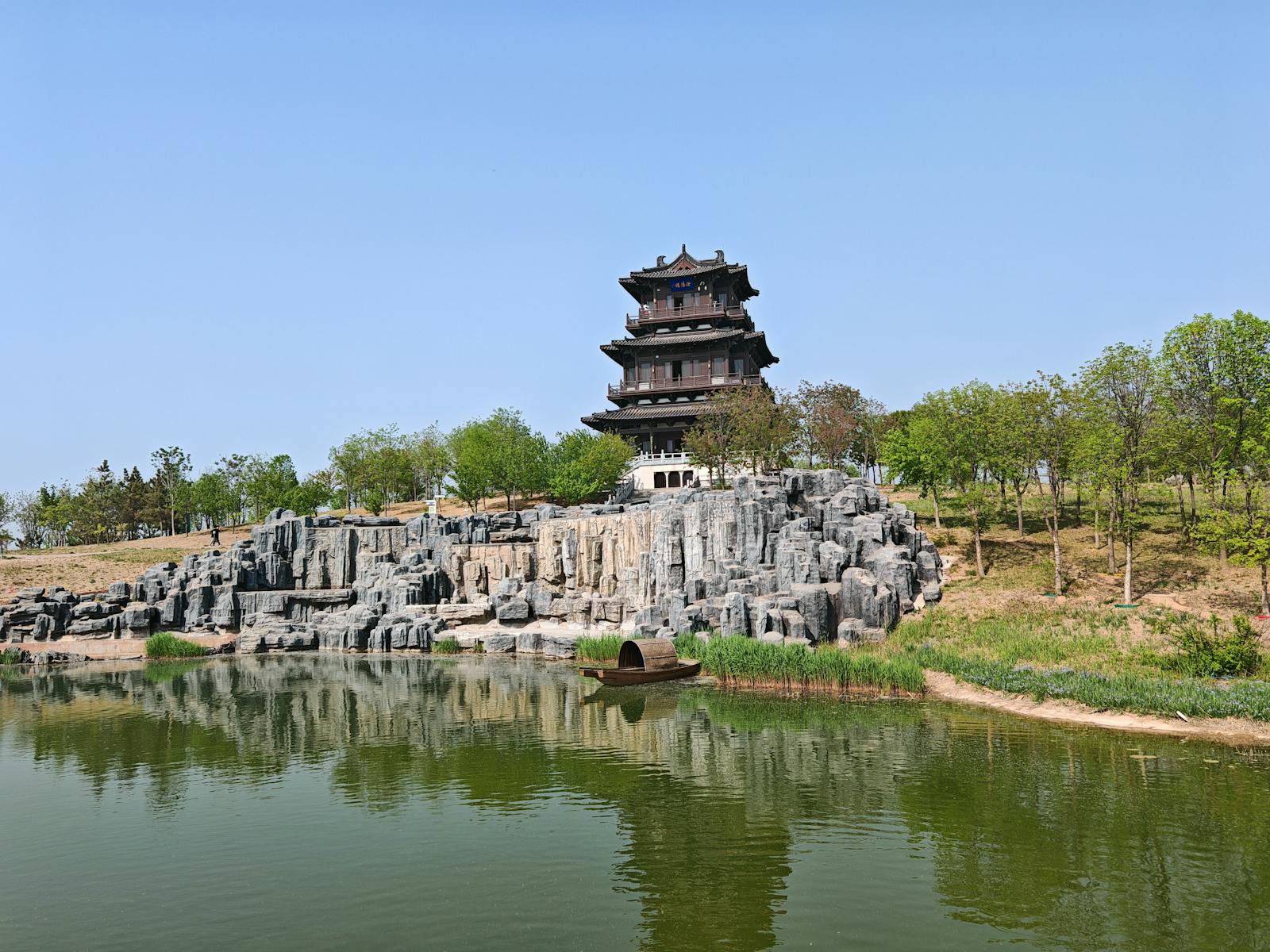
Leave a Reply